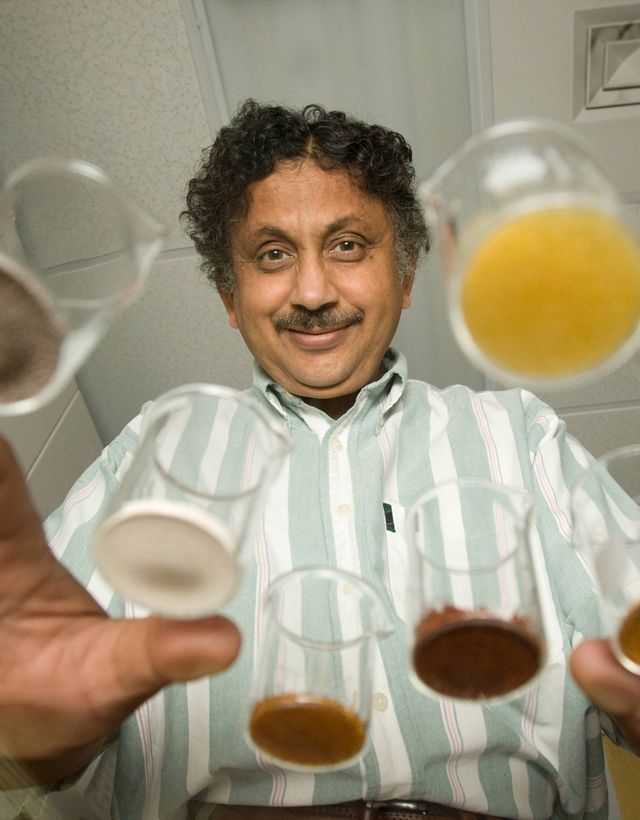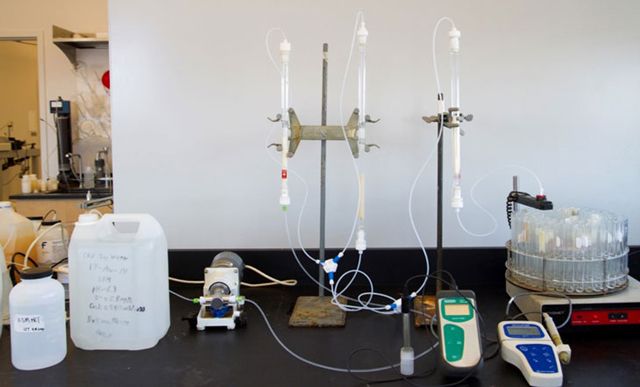Arup SenGupta, professor in the department of civil and environmental engineering, and his team have found a way to reduce the amount of sodium used in water softening techniques using aluminum ions, says an Oct. 4 report they published in Environmental Science & Technology.
“This is a global need that hasn’t been met,” SenGupta said, “We’re just changing the chemistry by adding aluminum ions, which is not something outlandish, but with that we can reduce the environmental impact.”
Most water softening systems today remove dissolved minerals like magnesium and calcium, which can leave deposits inside faucets and make soap more difficult to lather, by pushing the water through tanks full of beads that are covered in sodium ions. These sodium ions will then swap places with the hard minerals found in the water, leading to softer water, but adding sodium to the water which can lead to higher blood pressure when consumed in large quantities. Additionally, the sodium-based system needs to be recharged periodically with a sodium-rich solution which can lead to unwanted sodium contaminating groundwater or streams. Due to these issues, even some local governments in California have decided to ban sodium-based water softening systems.
SenGupta said some sodium-free systems already exist, but most of them are extremely expensive and others don’t even work.
SenGupta and his team have replaced these sodium ions with aluminum ions with a positive charge of three. This positive charge does make it less likely for the aluminum ion to swap places with that of the magnesium or calcium, who have a positive charge of two, but when the interchange does take place, the aluminum ions tend to return to the water softener’s beads instead of remaining in the softened water. This leads to a water softening system that allows the aluminum beads to be used over and over, allowing for a more efficient system that doesn’t need to be replace as often and safer drinking water.
SenGupta and his team have used a prototype system of this type on a groundwater mixture with positive results. Their research has shown a reduction in hard water minerals using the aluminum ions, while also being more efficient with fewer wasted ions during recharging than their sodium-based counterparts. This new system is designed to be very similar to current water softening systems, allowing existing water softeners to be retrofitted with the aluminum ions, SenGupta said.
There are still issues with the research though as some bacteria in found in groundwater can reduce the system’s effectiveness and strict drinking water guidelines around the country could affect the system’s ability to be widely implemented.
“This is not a magic bullet; there are shortcomings, but none of these problems are impossible to overcome,” SenGupta said.
-Matthew Cossel '17 is a student-writer with the P.C. Rossin College of Engineering and Applied Science.


